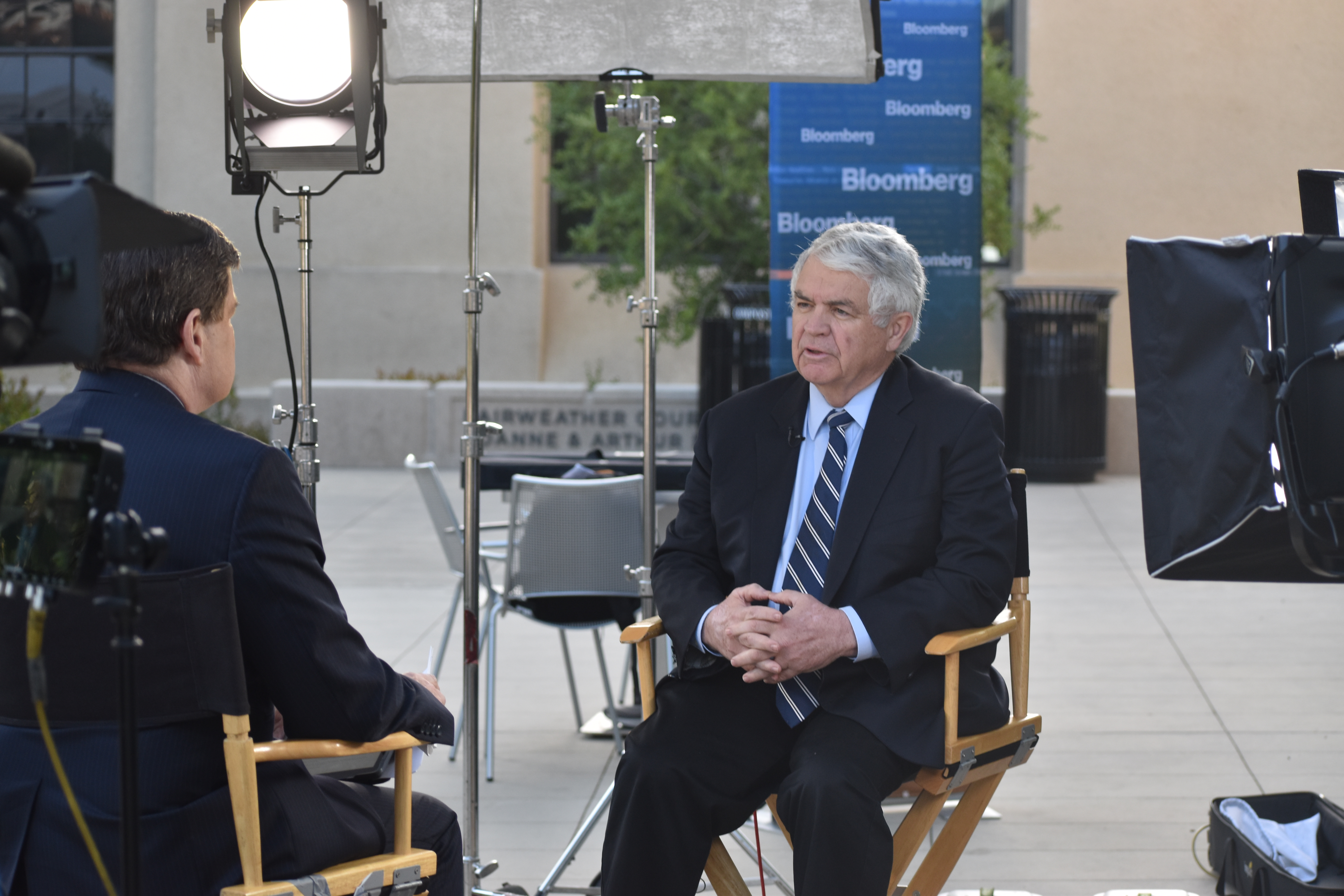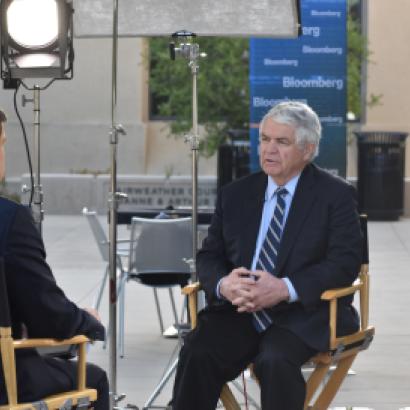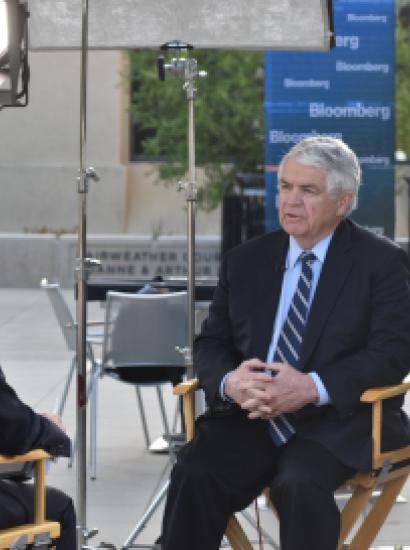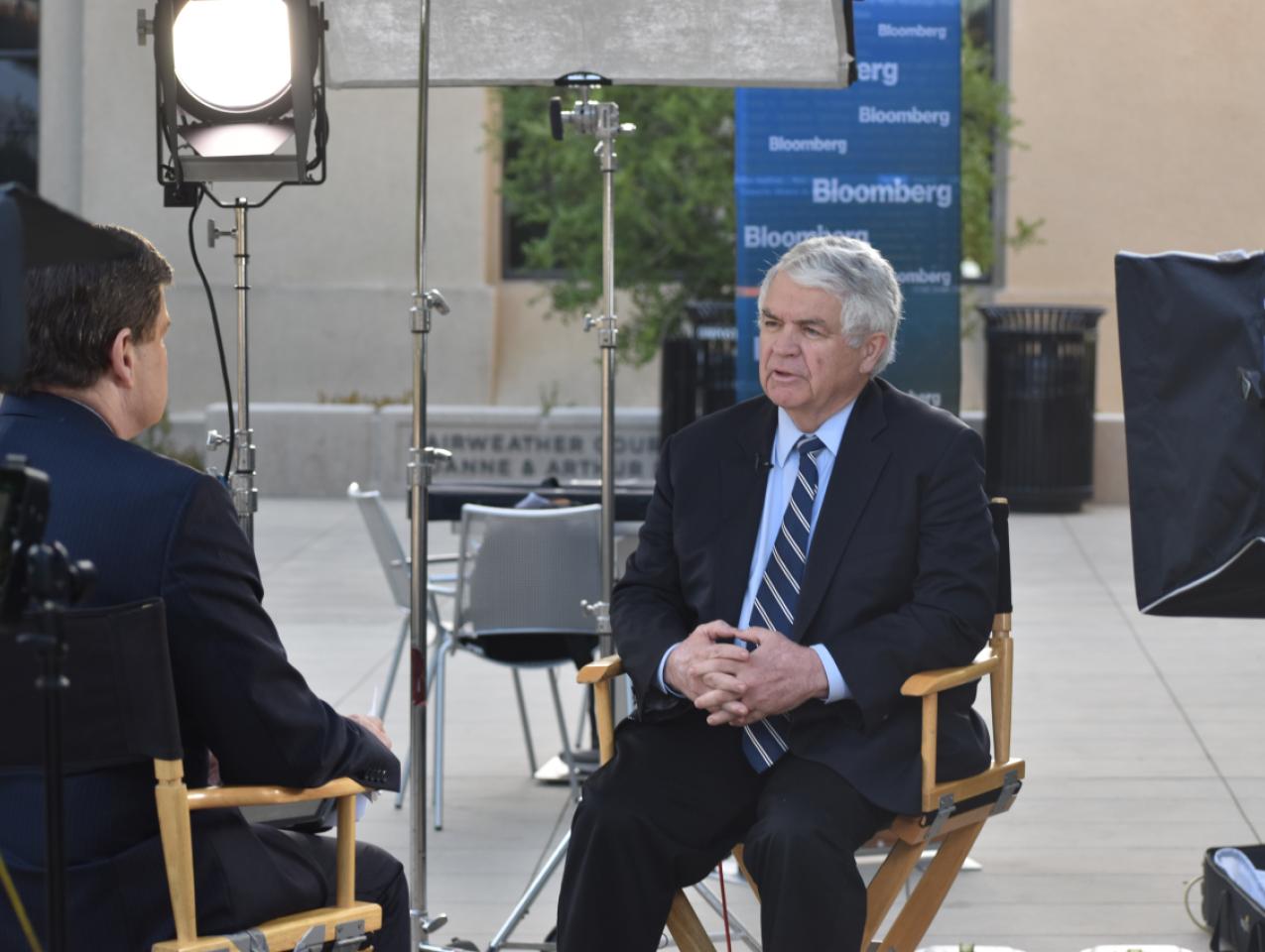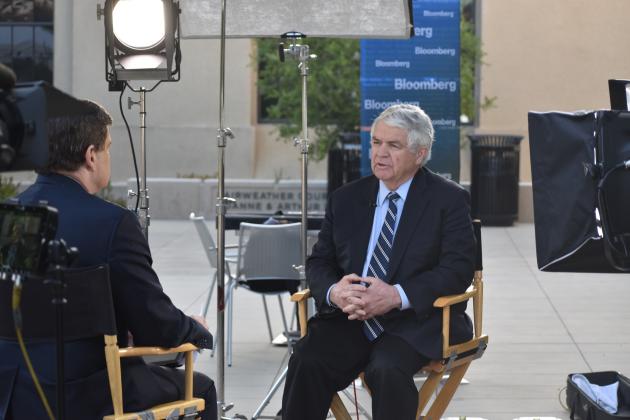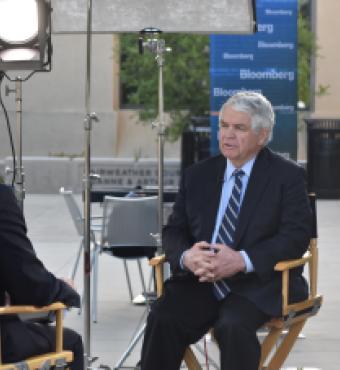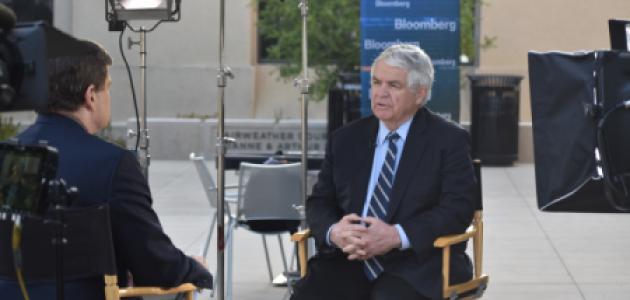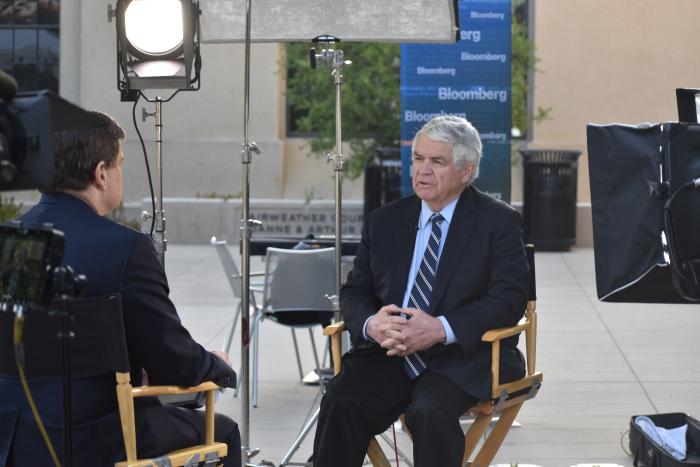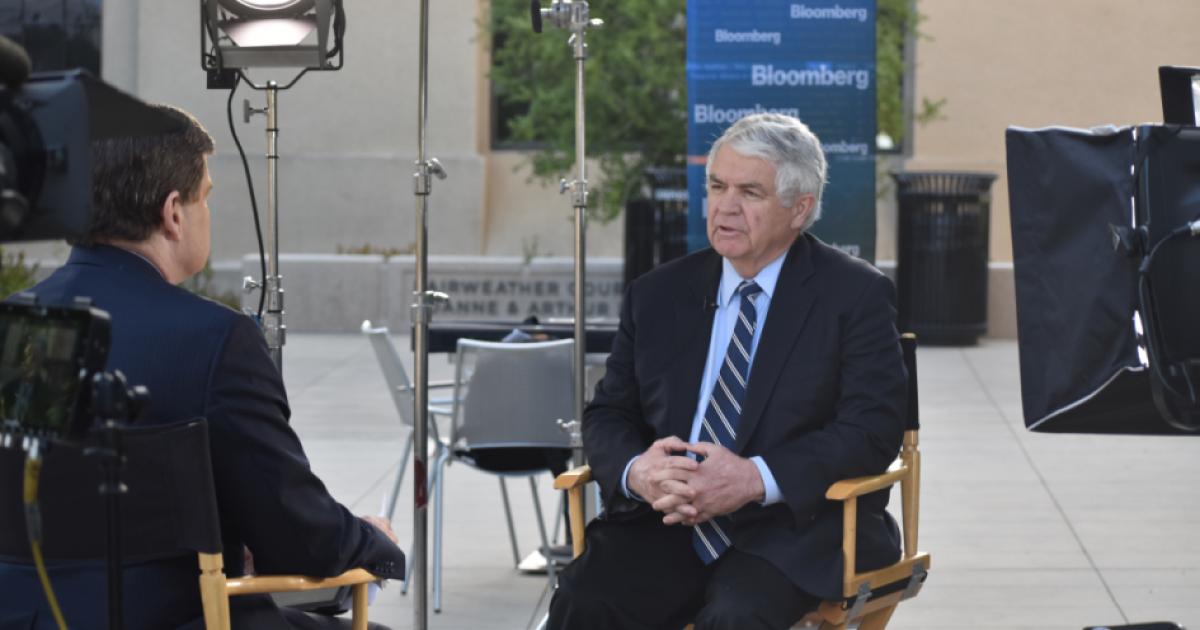Top economists and policy makers discussed the efficacy of different approaches to monetary policy at the Hoover Institution on May 3.
More than 180 people attended the sixth annual Monetary Policy Conference – titled “Strategies for Monetary Policy: A Policy Conference” – in the David and Joan Traitel Building’s Hauck Auditorium. Hoover economist John Taylor organized the event, which included formal presentations, policy panels, and in-depth discussions by academic researchers, market participants, members of the media, and policy makers from the Federal Reserve.
“Two related questions are central to an evaluation the Fed’s monetary policy strategy,” read the conference web site. “First, how robust is the strategy? Second, can the strategy be improved by altering the degree of data dependence, by reconsidering monetary tools or instruments, or by changing communications about the strategy?”
The aim was to present relevant research developments and debate crucial policy questions like the aforementioned. The conference is complementary to other reviews of monetary policy that are occurring this year.
Hoover fellows and speakers participating in the panel discussions included Taylor, Michael Bordo, Kevin Warsh, Laurie Hodrick, George Shultz, Charles Plosser, and John Cochrane. Hoover fellow and historian Jennifer Burns presented the lunchtime discussion on Milton Friedman and the history of monetary policy rules. (Watch the video.). Friedman, an economist and Hoover fellow, was the recipient of the 1976 Nobel Memorial Prize for economic science.
The presentations included:
- “Models, Markets, and Monetary Policy,”
- “How Detrimental to Policy Rules is the Zero Bound?”
- “The Case for Implementing Effective Negative Interest Rate Policy”
- “Tying Down the Anchor: Monetary Policy Rules and the Lower Bound on Interest Rates”
- “Perspectives on U.S. Monetary Policy Tools and Instruments”
- “The Interaction of Markets and Policy”
- “Capital Markets The Fed and Financial Markets: Suggestions to Improve an Unhealthy Relationship”
- Policy Panel on "Monetary Strategies in Practice"
- “Is Current Policy Strategic and Robust?”
Shultz, the Thomas W. and Susan B. Ford Distinguished Fellow at Hoover, chaired the panel discussion on the interaction of markets and policy with Hodrick and private sector economists.
Warsh, the Shepard Family Distinguished Visiting Fellow in Economics at Hoover, chaired the discussion on monetary policy rules and the lower bound on interest rates.
Federal Reserve board members and presidents in attendance included Wendy Dunn, James Bullard, Richard Clarida, Mary Daly, Patrick Harker, Rob Kaplan, Loretta Mester, and John C. Williams.
The Hoover conference drew interest from business and financial print and broadcast media, including Bloomberg, CNBC, the Wall Street Journal, The New York Times, Politico, Reuters, the Economic Policy Journal, and Yahoo Finance, among others.
Taylor created the “Taylor Rule,” which basically states that the Fed’s nominal interest rate target should increase when inflation rises relative to its target, and the target nominal interest rate should decrease if unemployment rises relative to the unemployment rate consistent with full employment. The idea has proven highly influential on Wall Street, and in Federal Reserve boardrooms and central banks around the world.
MEDIA CONTACT:
Clifton B. Parker, The Hoover Institution: 650-498-5204, cbparker@stanford.edu







